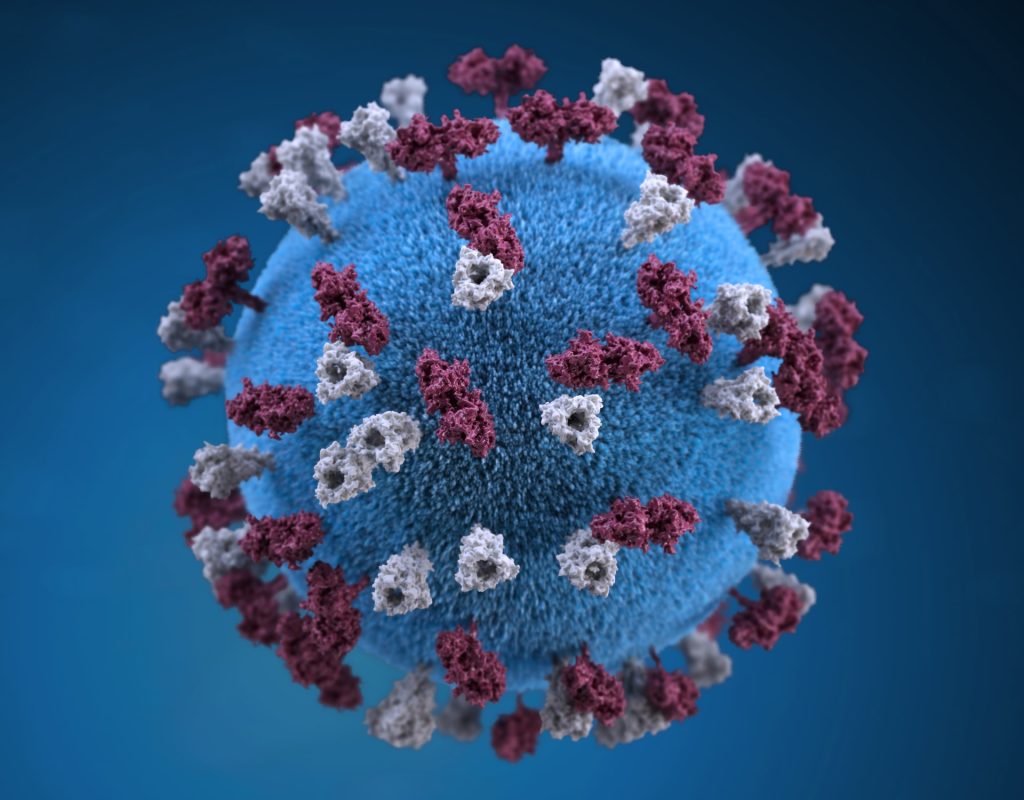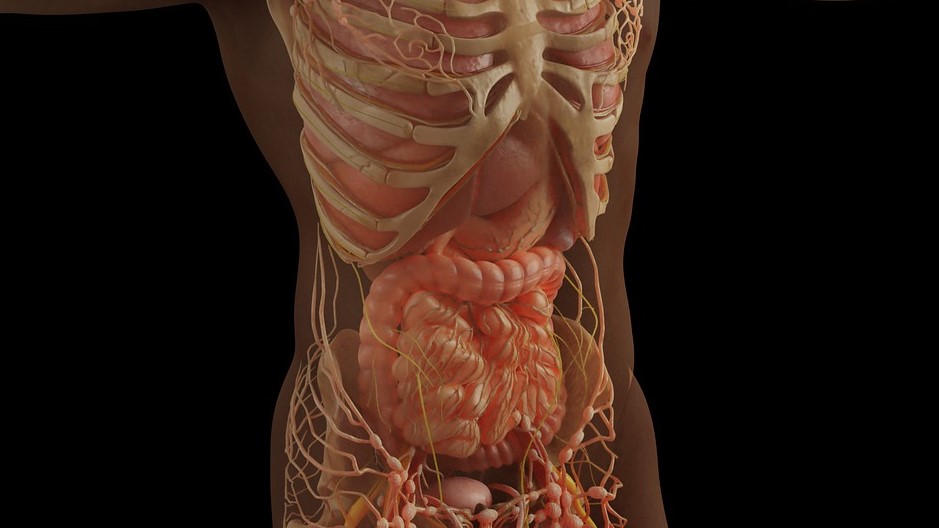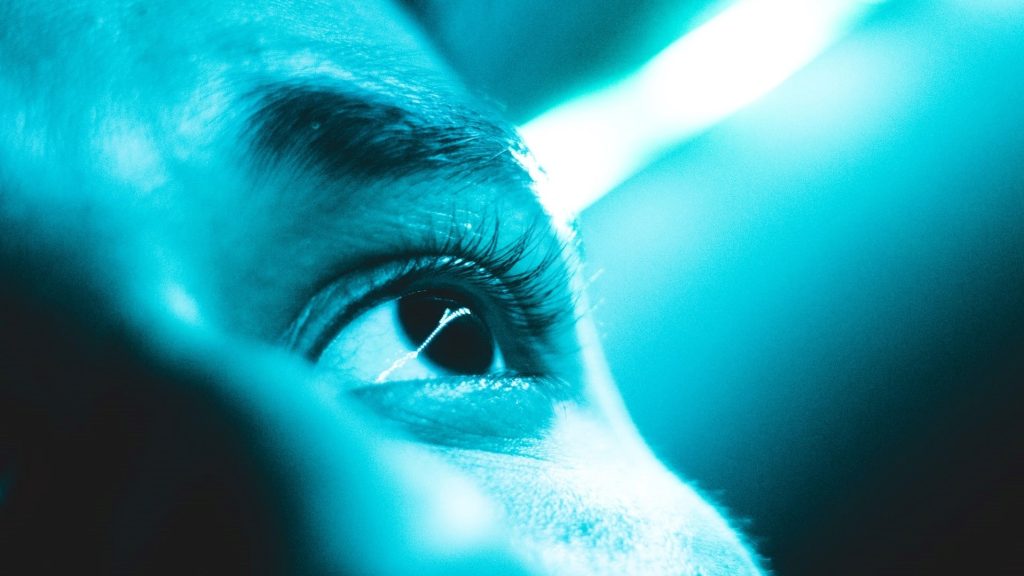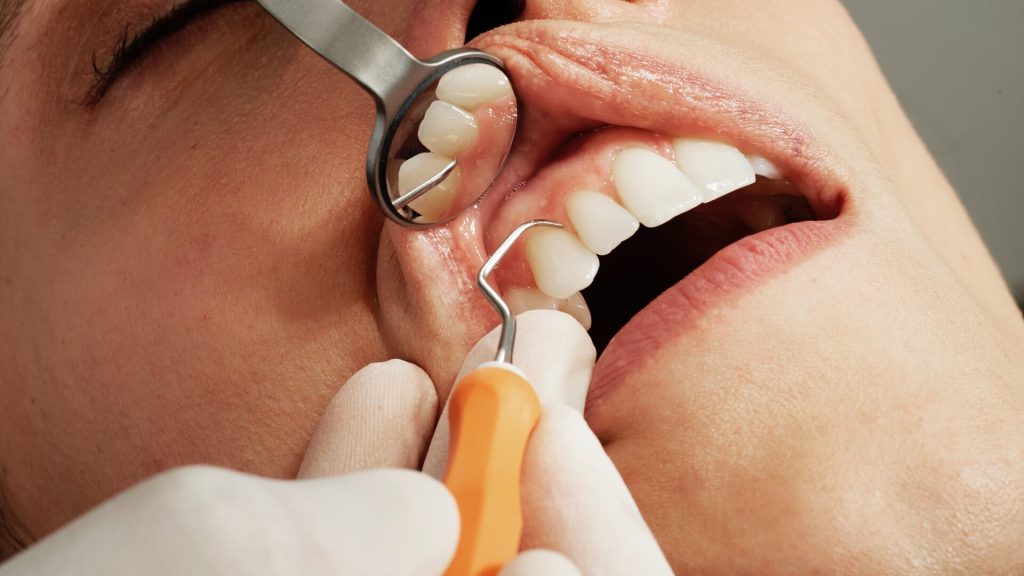Curing an Incurable Liver Disease
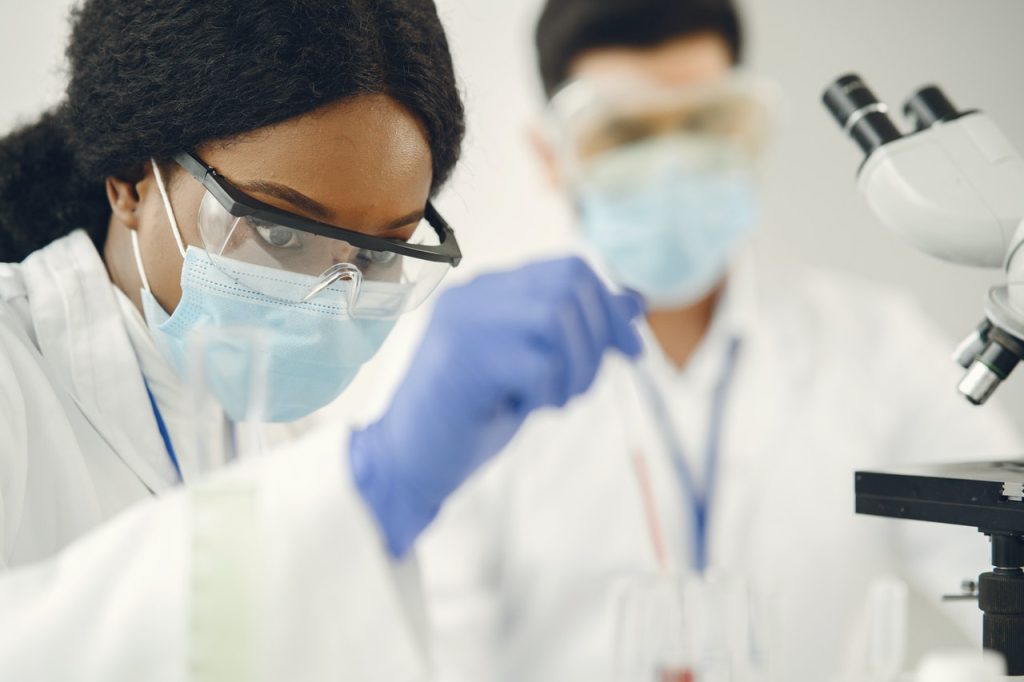
Research published in the Proceedings of the National Academy of Sciences has shown for the first time that the effects of Alagille syndrome, an incurable genetic disorder that affects the liver, could be reversed with a single drug. The study has the potential to transform treatment for this rare disease and may also have implications for more common diseases.
More than 4000 babies each year are born with Alagille syndrome Alagille syndrome (ALGS) is a multisystem autosomal dominant disorder with a wide variety of clinical manifestations. The clinical manifestations are variable, even within the same family, and commonly include hepatic (cholestasis, characterised by bile duct paucity on liver biopsy), cardiac (primarily involving the pulmonary arteries), skeletal (butterfly vertebrae), ophthalmologic (posterior embryotoxon), and facial abnormalities.
“Alagille syndrome is widely considered an incurable disease, but we believe we’re on the way to changing that,” says Associate Professor Duc Dong, PhD, who led the study. “We aim to advance this drug into clinical trials, and our results demonstrate its effectiveness for the first time.”
Children with ALGS frequently require a liver transplant, but donor livers are limited, and not all children with ALGS qualify. Without a transplant, the disease has a 75% mortality rate by late adolescence.
“Duc and his team continue to do thrilling research on Alagille syndrome, and these breakthroughs certainly offer hope for families living with this very complicated and complex disorder,” says Roberta Smith, CNMT, president of the Alagille Syndrome Alliance. “We have been longtime supporters of Duc’s work and have come to know him as a driven, dedicated scientist who is passionate about moving the needle one step closer toward a cure.”
Their new drug, called NoRA1, activates the Notch pathway, a cell-to-cell signaling system present in nearly all animals. Notch signaling helps orchestrate fundamental biological processes and plays a role in many diseases in addition to Alagille syndrome. In children with Alagille syndrome, a genetic mutation causes a reduction in Notch signaling, which results in poor liver duct growth and regeneration.
The researchers found that in animals with mutations in the same gene affected in ALGS, NoRA1 increases Notch signaling and triggers duct cells to regenerate and repopulate in the liver, reversing liver damage and increasing survival.
“The liver is well known for its great capacity to regenerate, but this doesn’t happen in most children with Alagille syndrome because of compromised Notch signaling,” says first author Chengjian Zhao, a postdoctoral researcher in Dong’s lab. “Our research suggests that nudging the Notch pathway up with a drug could be enough to restore the liver’s normal regenerative potential.”
The researchers are currently testing the drug on lab-grown liver orgnelles cultured made with stem cells derived from the cells of ALGS patients.
“Instead of forcing the cells to do something unusual, we are just encouraging a natural regenerative process to occur, so I’m optimistic that this will be an effective therapeutic for Alagille syndrome,” adds Dong.
Source: Sanford Burnham Prebys

